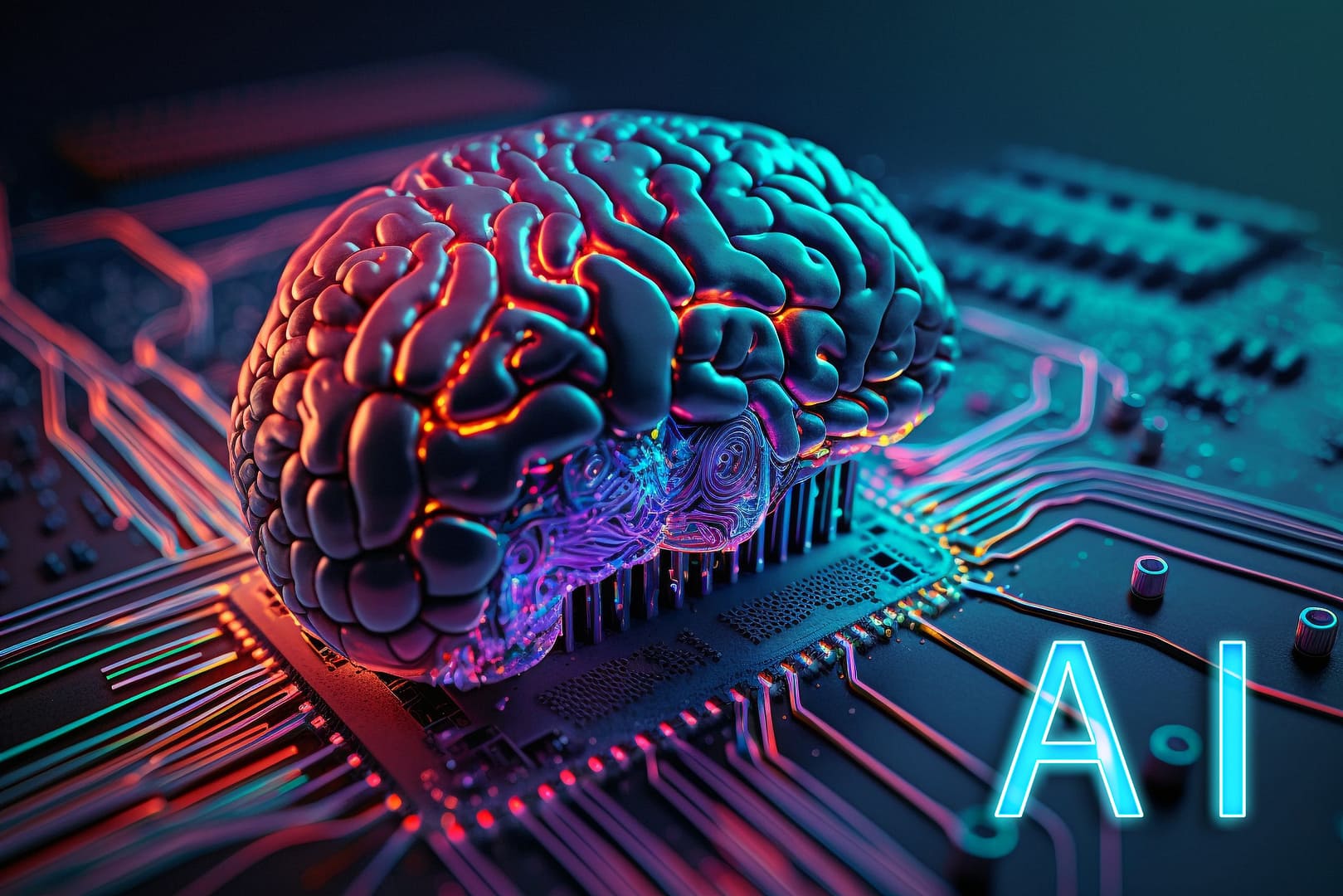Unveiling AI Gender Bias: Challenges and Ethical Imperatives
Navigating the Impact and Mitigation of Gender Bias in Artificial Intelligence
Understanding AI Gender Bias

Artificial Intelligence (AI) has rapidly become integrated into various facets of our lives, influencing decisions from job applications to loan approvals and healthcare diagnostics. However, as AI systems rely heavily on data, they can inadvertently inherit biases present in the data, including gender biases. This phenomenon, known as AI gender bias, raises significant ethical concerns and requires careful consideration to mitigate its impact on society.
The Nature of AI Gender Bias
AI gender bias refers to the tendency of artificial intelligence systems to exhibit discriminatory behaviors or outcomes based on gender. This bias can manifest in several ways:
- Training Data Biases: AI algorithms learn patterns and make decisions based on large datasets. If these datasets are historically biased or reflect societal inequalities, AI systems can perpetuate and amplify these biases. For example, if a dataset used to train a hiring algorithm contains historical biases against women in certain professions, the algorithm may inadvertently learn to prefer male candidates over equally qualified female candidates.
- Algorithmic Biases: The design and implementation of AI algorithms can introduce biases. Factors such as feature selection, algorithm complexity, and decision-making rules can unintentionally favor or disadvantage individuals based on gender. Algorithms may prioritize certain characteristics associated with gender (e.g., voice tone in speech recognition systems) or make decisions that disproportionately impact one gender over another.
- Contextual Biases: Bias in AI systems can also arise from the context in which they are deployed. For instance, in healthcare AI, diagnostic tools trained on predominantly male data may not accurately diagnose conditions in female patients due to differences in symptom presentation or disease progression between genders.
Real-World Examples of AI Gender Bias
Several high-profile cases have highlighted the presence and impact of AI gender bias:
- Amazon’s Recruiting Tool: Amazon developed an AI recruiting tool that was trained on resumes submitted over a 10-year period, most of which came from male applicants. The tool subsequently showed bias against female candidates, penalizing resumes that included terms like “women’s” (e.g., “women’s chess club captain”). Amazon discontinued the tool after recognizing its bias.
- Facial Recognition Technology: Studies have shown that facial recognition systems exhibit higher error rates for women of color compared to white men, indicating biases in how these systems are trained and tested. This can lead to inaccurate identification and potentially discriminatory outcomes in law enforcement and security contexts.
- Voice Assistants: Voice-activated AI assistants like Siri and Alexa have been criticized for reinforcing gender stereotypes through their responses and behaviors. These systems often default to female voices and may respond differently or use gendered language depending on user interactions.
Ethical Implications of AI Gender Bias
AI gender bias raises significant ethical concerns:
- Fairness and Equality: Discriminatory AI systems can perpetuate and exacerbate existing gender disparities in society, hindering progress towards gender equality in employment, finance, healthcare, and other domains.
- Transparency and Accountability: Users affected by biased AI decisions may not be aware of or understand the reasons behind these decisions due to the opacity of AI algorithms. Lack of transparency undermines accountability and the ability to challenge biased outcomes.
- Privacy and Consent: Biased AI systems may infringe on individuals’ privacy and autonomy by influencing decisions without their knowledge or consent, particularly in sensitive areas like healthcare and finance.
- Impact on Innovation: Unchecked bias can stifle innovation and limit the potential benefits of AI technologies. Addressing bias is essential for building trust in AI and encouraging widespread adoption across diverse populations.
Mitigating AI Gender Bias
Addressing AI gender bias requires a multifaceted approach:
- Diverse and Representative Data: Ensuring that training datasets are diverse and representative of the population they aim to serve is crucial. This includes collecting data from diverse demographics and continuously monitoring and auditing datasets for biases.
- Algorithmic Fairness: Developing and testing AI algorithms to detect and mitigate bias through techniques such as fairness-aware learning, bias quantification, and algorithmic audits. Algorithms should be designed to minimize disparate impacts on different demographic groups.
- Ethical Guidelines and Regulations: Establishing clear ethical guidelines and regulatory frameworks to govern the development, deployment, and use of AI technologies. Governments, industry bodies, and researchers play a pivotal role in shaping policies that promote fairness, transparency, and accountability in AI systems.
- Education and Awareness: Raising awareness among AI developers, policymakers, and the general public about the implications of AI bias and the importance of ethical considerations in AI design and deployment.
Conclusion
AI gender bias is a complex issue that requires ongoing attention and proactive measures from stakeholders across sectors. By addressing biases in training data, improving algorithmic fairness, implementing ethical guidelines, and promoting transparency, we can mitigate the harmful effects of AI gender bias and harness the potential of artificial intelligence for the benefit of all individuals, regardless of gender. As AI continues to evolve, prioritizing fairness and equality will be essential in shaping a future where technology serves as a force for positive societal change.